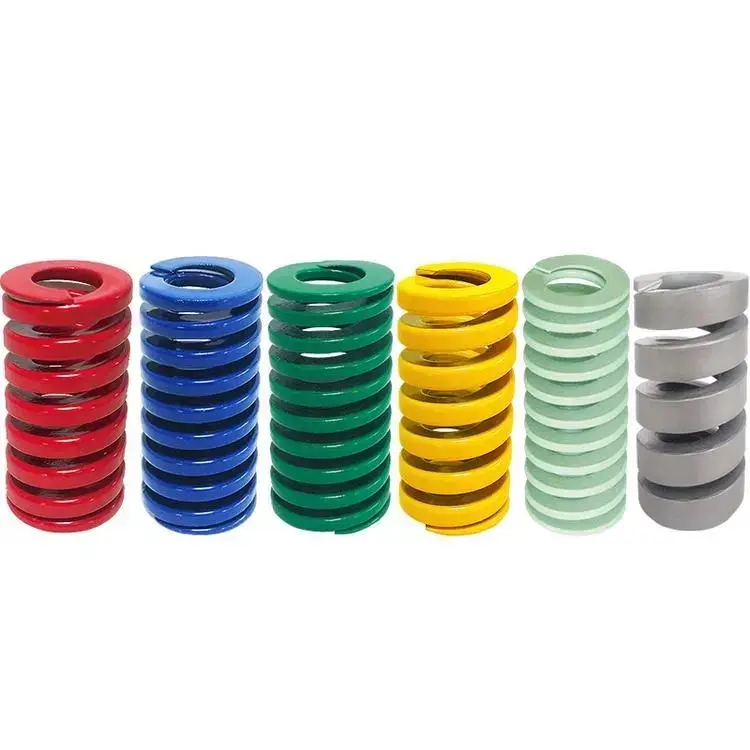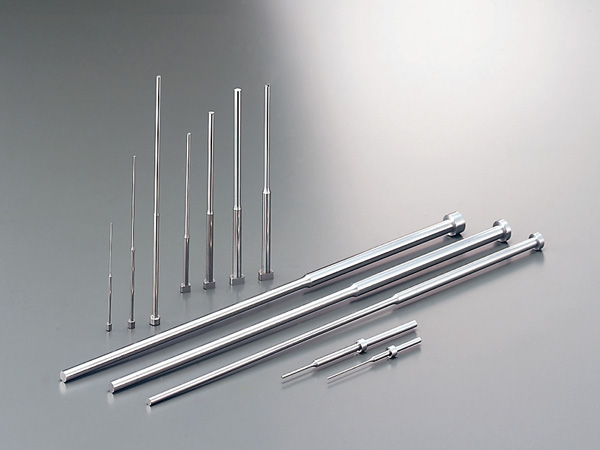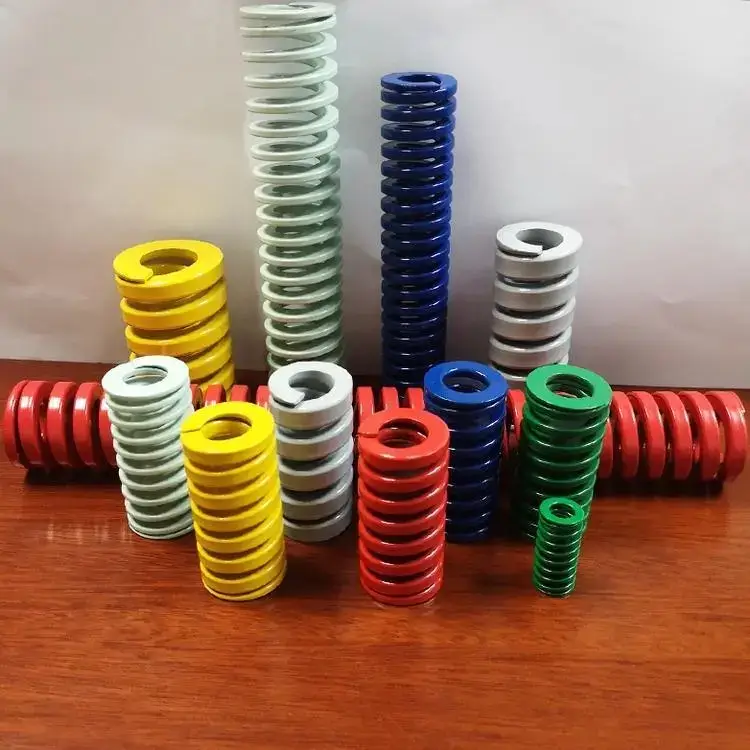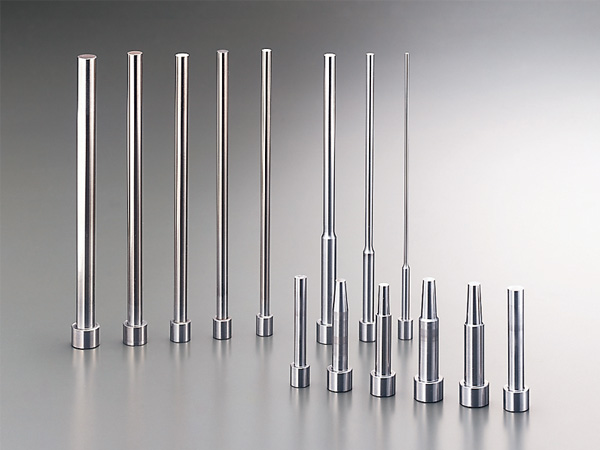What materials are commonly used for mold springs?
Mold springs are commonly made of chromium alloy steel, known for its high temperature resistance, high rigidity, and long lifespan.
Here are the characteristics of four major mold spring materials:
- Chromium Molybdenum Alloy Steel Spring:Chromium molybdenum alloy steel spring material features high strength, high hardness, high toughness, high fatigue limit, and excellent wear resistance. It possesses durable elasticity and does not undergo plastic deformation during use. Chromium molybdenum alloy steel springs are widely used in heavy-duty molds such as automotive molds and instrument molds.
- Stainless Steel Spring:Stainless steel springs exhibit characteristics such as rust resistance, good corrosion resistance, high hardness, and great strength. They are suitable for molds with high operating speeds, such as injection molds. Stainless steel springs are finely crafted, reliable in quality, and are a primary choice for mold spring materials.
- Silicon Steel Spring:Silicon steel spring material features high magnetic permeability, low magnetic loss, and high saturation magnetic induction intensity. It is widely used in spring components for electrical molds and does not undergo plastic deformation due to magnetization during use. Silicon steel springs are a new environmentally friendly material with excellent ductility and processing properties.
- Alloy Steel Spring:Alloy steel spring is a mold spring material with high strength, high wear resistance, corrosion resistance, and a long fatigue life. It is suitable for various types of machine tool springs or springs under larger working loads. Alloy steel springs exhibit stable performance and a long lifespan, making them commonly used in components such as melt mold springs, forming springs, and clamping springs in molds.






